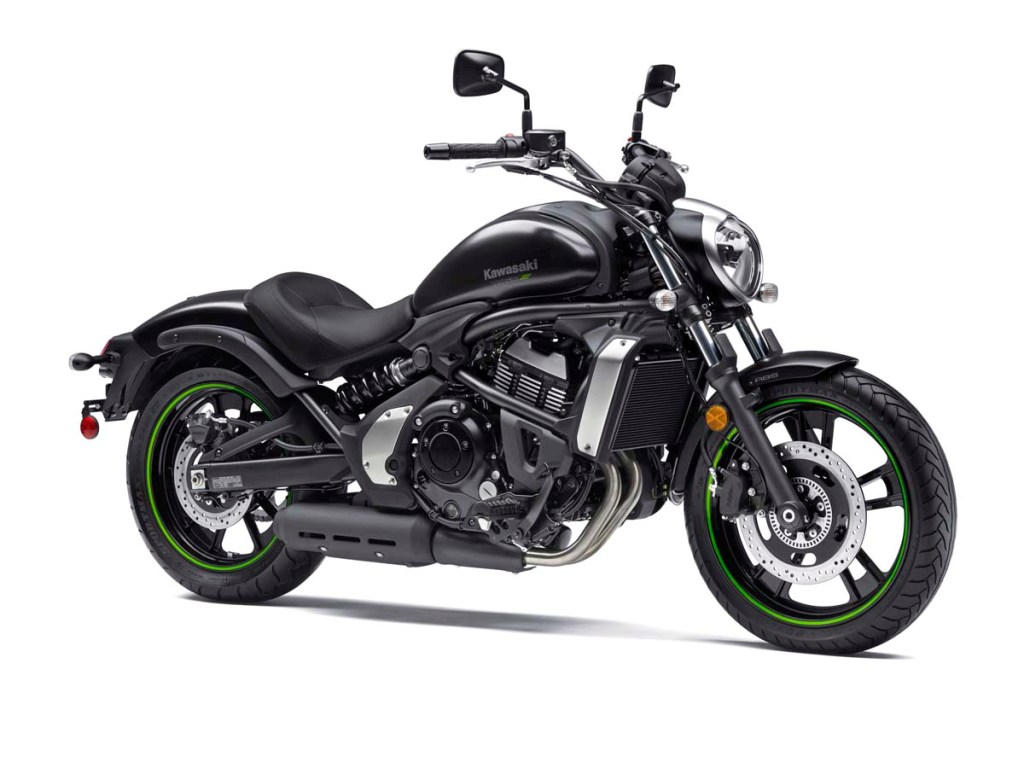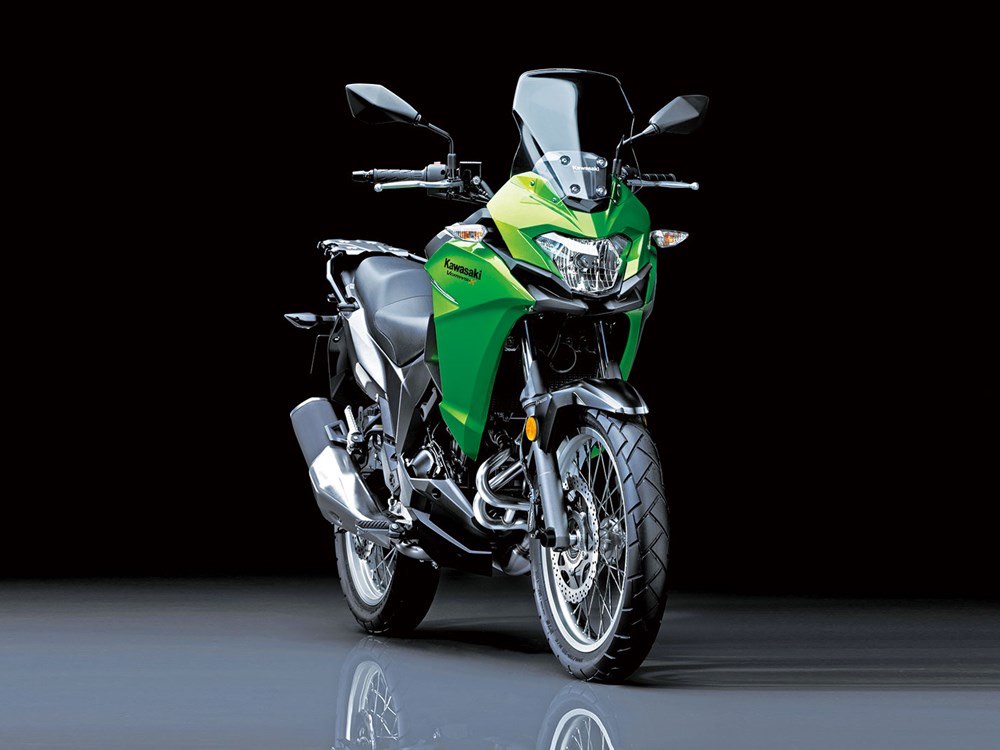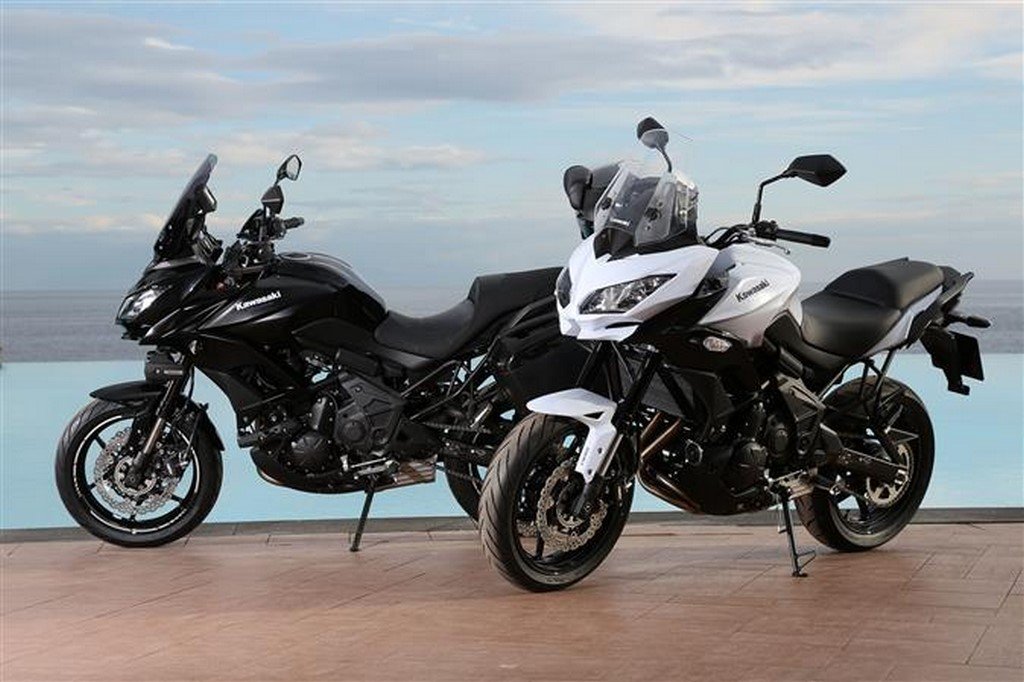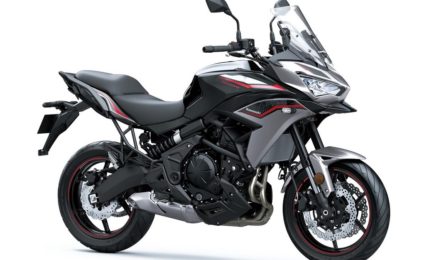Global motorcycle models Kawasaki Versys X 300 & Vulcan S to launch in India later this year.

Kawasaki India is all set to bring two of its global motorcycle models to India later this year. Enter Kawasaki Versys X 300 and Vulcan S to take on the segments currently dominated by Royal Enfield and Harley-Davidson.
Kawasaki moved out of Bajaj’s Akurdi facility after its alliance with Bajaj was called quits. Kawasaki has now commenced its operations at its own plant in Chakan near Pune where it currently assembles models with the 300cc and 650cc engines.
The Kawasaki Versys X 300 was first showcased at the EICMA motorcycle show in Milan last year. The Versys X 300 is powered by the same 296cc liquid-cooled, parallel-twin engine that does duty in the Ninja 300. More and more manufacturers are now inclined towards bringing an adventure-tourer motorcycle to Indian shores and Kawasaki isn’t an exception.
The Vulcan S, on the other hand, is ready to venture into Harley’s territory which is currently dominated by the Street 750. A mid-sized cruiser powered by the same 649cc liquid-cooled, twin-cylinder engine that does duty in the Ninja 650, Z650 and Versys 650 will cater to customers looking for a modern mid-sized cruiser.
The launch of these two motorcycles will definitely widen the market for Kawasaki given that the 300cc and 650cc engine models are the volume generators in its portfolio. The latest launch from the brand is the Kawasaki Ninja 1000 that comes aggressively priced at Rs. 9.98 lakhs (ex-showroom, pan-India).
Kawasaki Versys X 300 & Vulcan S
– Kawasaki India will launch the Versys X 300 and Vulcan S later this year
– Models with the 300cc and 650cc engines are locally assembled at Kawasaki’s Chakan plant
– The Versys X 300 will be powered by the same engine that does duty in the Ninja 300

Source – AutocarPro.in




